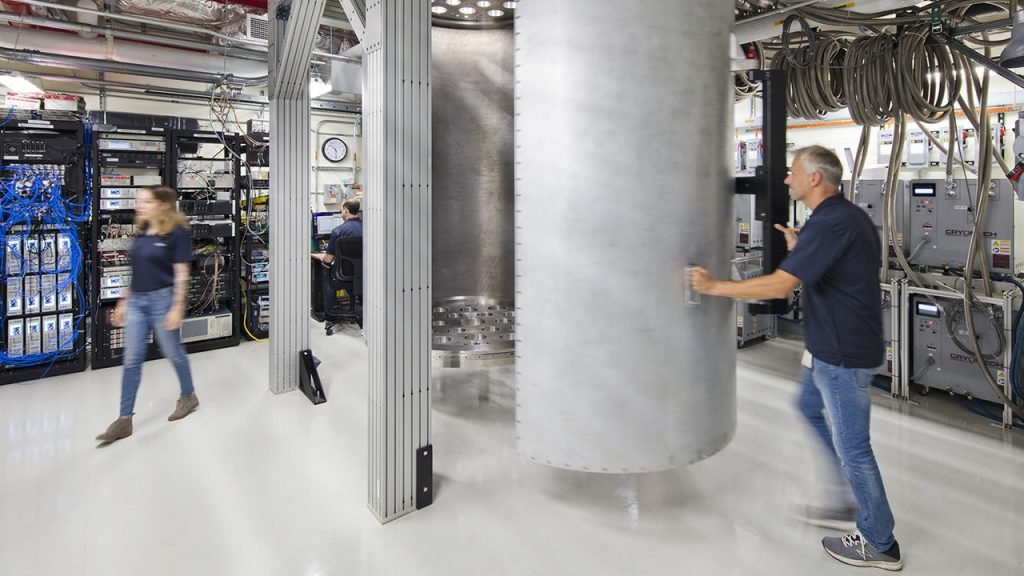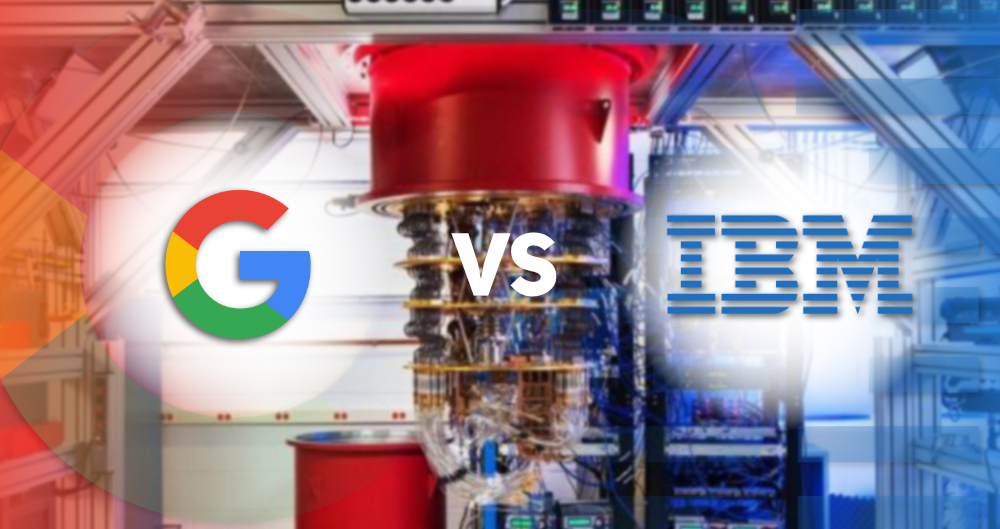Scientists and engineers have been saying for 20 years that they would “someday” create a full-fledged quantum computer capable of performing useful calculations that would overwhelm any traditional supercomputer. Current devices, however, contain only a few dozen quantum bits, or qubits, too few to do anything dazzling. Today IBM has made its ambitions more concrete by announcing publicly a “road map” for the development of its quantum computers, including the ambitious goal of building one with 1000 qubits by 2023. IBM’s current largest quantum computer, revealed this month, contains 65 qubits.

“We are really excited,” says Prineha Narang, Aliro Quantum’s co-founder and Chief Technical Officer, a code-specialized startup that makes higher-level software operate efficiently on various quantum computers. “We didn’t know the specific milestones and numbers that they’ve announced,” she says. The plan involves the development of intermediate-size machines of 127-qubit and 433-qubit in 2021 and 2022, respectively, and intends to follow up on a million-qubit machine at some unspecified date. Dario Gil, the research director at IBM, says he’s sure his team can keep to the schedule. “A road map is more than a plan and a PowerPoint presentation,” he says. “it’s execution.”
Quantum Supermacy – Google Or IBM?
IBM is not the only company with a road map to create a full-fledged quantum computer — a system that will take advantage of the peculiar laws of quantic mechanics to breeze through certain computations that just overpower traditional computers. At least in terms of public relations, IBM has been playing catch-up to Google, which captured headlines 1 year ago when the company revealed that its researchers had used their 53-qubit quantum computer to solve a particular abstract problem that they believed would overwhelm any traditional computer — attaining a milestone known as quantum supremacy.
Google has its own plan to create a million-qubit quantum computer within 10 years, as stated in an April interview by Hartmut Neven, who is leading the quantum computing effort at Google, although he declined to disclose a clear timeline for development.

IBM’s declared timeline poses an apparent risk that everyone will know if the milestones are missed. But the company decided to unveil its plans so that its clients and collaborators would know what to expect. Dozens of quantum-computing startups are using the new IBM machines to build their own software products, and knowing the milestones of IBM should help developers better tailor their hardware efforts, Gil says.
A 1000-qubit machine, is a particularly important milestone in building a full-fledged quantum computer, researchers say. Such a computer would still be 1000 times too small to fulfil the full potential of quantum computing — such as cracking current Internet encryption schemes — but it would be big enough to detect and fix the myriad of errors that currently torment the finicky quantum bits.
Bit and Qubit – What’s the difference?
A bit in an ordinary machine is an electrical switch, which can either be set to zero or one. A qubit is a quantum device — in the machines of IBM and Google, it is a tiny circuit of superconducting chilled metal to almost absolute zero — that can be set to zero, one, or, due to the peculiar rules of quantum mechanics, zero and one at the same time. But the slightest interference with the environment appears to distort these fragile two-way-at-once states, so researchers have built protocols for error-correction to disperse information that is usually stored in a single physical qubit to several of them in such a way that the state of that “logical qubit” can be maintained forever.
IBM researchers could maintain a handful of logical qubits and make them interact, With their 1121-qubit machine, says Jay Gambetta, a physicist who is leading IBM’s quantum computing efforts. That’s exactly what it will take to start to make a full-fledged quantum computer with thousands of logical qubits. Such a machine will represent an “inflection point” in which researchers’ focus would switch from beating down the error rate in the individual qubits to optimizing the architecture and performance of the entire system, Gambetta says.

4 Comments
Pingback: Quantum Algorithm Breakthrough by CCNY Team - Craffic
Pingback: Commercial Level Quantum Computing Core "Gooseberry" Proposed By Microsoft - Craffic
Pingback: IBM Research Creates World's First 2nm Test Chip Claims More Power With Less Energy - Craffic
Pingback: Google aims to build a Commercial-Grade Quantum Computer By 2029 - Craffic